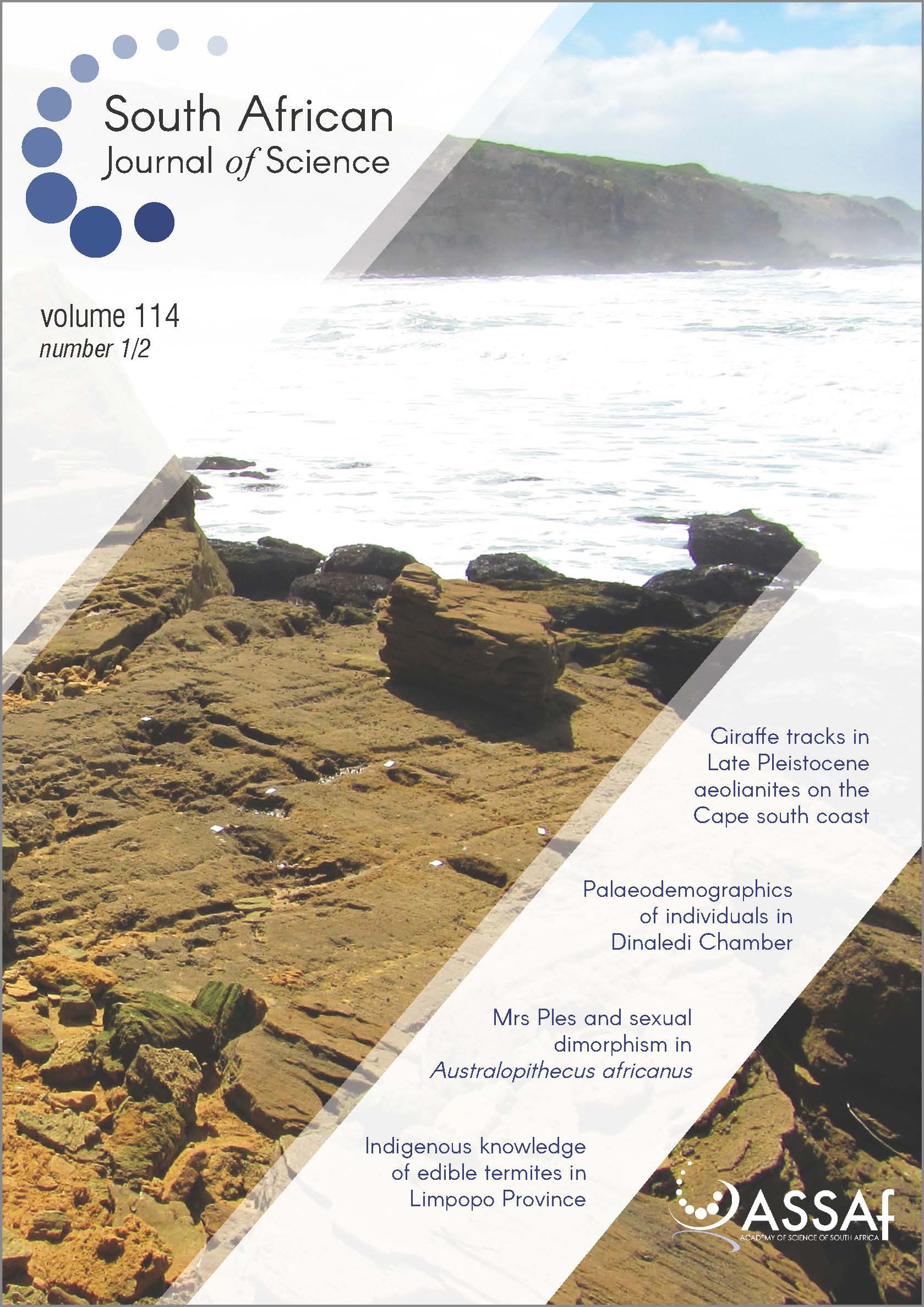Assessment of transit transport corridor efficiency of landlocked African countries using data envelopment analysis
DOI:
https://doi.org/10.17159/sajs.2018/20160347Keywords:
DEA, trade, comparative analysis, transport systems, technical efficiency, scale efficiencyAbstract
We used a data envelopment analysis (DEA) to examine the efficiency and performance of transport systems of landlocked African countries (LLACs). We conducted a comparative performance efficiency analysis of transfer transport systems for LLACs’ corridors. Three different types of DEA models were proposed and used to measure the relative efficiencies of transit transport using a 6-year data set (2008–2013) of some selected LLACs. The results show that the average pure technical and scale efficiency scores are 90.89% and 37.13%, respectively. Two units (13.33%) are technically efficient (technical and scale efficiency) while four units (26.66%) are only purely technically efficient over the observed period. Swaziland was the most efficient corridor while the Central African Republic corridor was the least efficient throughout the monitored years. The results indicate the relevance of minimising trade costs to stimulate landlocked countries’ exports.
Significance:
- This study is the first efficiency study on transit transport corridors of landlocked African countries.
- DEA is an effective analytical tool for corridors evaluation and can help decision-makers in finding practical solutions.
- Some corridors are efficient, which means that other landlocked countries can learn from these efficient corridors to improve their corridor services.
Downloads
Published
Issue
Section
License

All articles are published under a Creative Commons Attribution 4.0 International Licence
Copyright is retained by the authors. Readers are welcome to reproduce, share and adapt the content without permission provided the source is attributed.
Disclaimer: The publisher and editors accept no responsibility for statements made by the authors
How to Cite
- Abstract 1374
- PDF 1588
- EPUB 258
- XML 312
- Supplementary Material 342













.png)